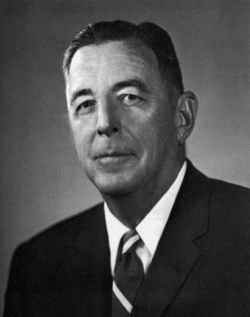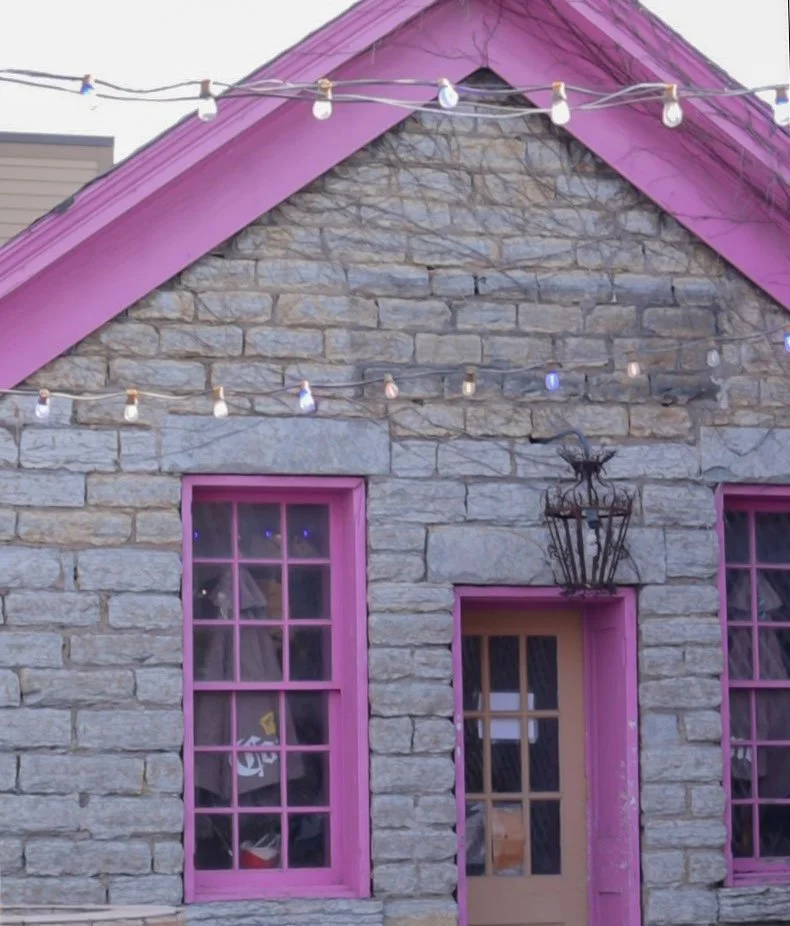Lakes and Links
In my previous posts, I introduced you to Frank H. Peavey and his families’ mansions along Park Avenue built in the 1880s. Around that same time, those who could afford to were fleeing the city and building vast summer estates. It was too hot in the city, too cramped - so families traveled to their homes in the “country”. These summer homes and hobby farms were far enough from the city to enjoy the lakeside, spread out, and get fresh air - but close enough that the businessmen who built them could still commute to their offices each day. Today, we would laugh at referring to these homes as “country homes” since by today’s standards they are just about a 20-minute drive from downtown, but in the early 1900s it was a full-day trek only to be made for the season.
THE HAMPTONS OF MINNESOTA
Among others, White Bear Lake, Minnetonka and Wayzata were quickly growing as hotels, cottages, and bungalows were built and soon followed by the boat builders, sports equipment sellers, shopkeepers and other businesses necessary to supply the life of leisure. The toniest stretch of land was a peninsula known as Lookout Point. Just to the west of downtown Wayzata, the Point lies between Wayzata Bay and Brown’s Bay. As you drive the roads on the Point you’ll notice the names on the street signs: Peavey, Pillsbury, Ferndale, Highcroft, and Harrington.
Those names didn’t just get plucked out of the blue or get chosen by a naming committee. They are the remnants of several great estates. Ferndale was owned by Fred. C. Pillsbury, a leader of Minnesota’s most famous milling family. Highcroft was the estate of Frank H. Peavey. Harrington Farm was owned by brothers John and William Harrington. Charles C. Bovey was an executive of the Washburn Crosby Company (which became General Mills).
HARRINGTON FARMS
The Harringtons got there first. John Stevens Harrington (not to be confused with his cousin, John Harrington Stevens, who helped found the city of Minneapolis) built a large farm on the point in 1854. He was neighbored by his brother William B. Harrington. William moved on pretty quickly to explore the area around Long Lake, but John stayed and worked his farm for many years. Around the turn of the century, he platted his land into smaller parcels and sold it off at quite a profit to the businessmen who wanted to be closer to the lake. He kept a small parcel of about 16 acres, which he used to grow produce to sell to the families living in their summer cottages. Today, the only evidence is the Harrington Farms Gate at the end of Harrington Road built around 1915 to serve as the dividing line between the outside world and the leisure class enclave beyond.
FERNDALE
Ferndale was next - built by Fred C. Pillsbury, (son of Mayor George Pillsbury, nephew of Governor John Pillsbury, and brother of Charles Pillsbury - founder of the Pillsbury company). Fred was not only an executive for the Pillsbury firm, but was also director of the First National Bank, president of a streetcar line, and president of the State Agricultural Society.
In Minneapolis, Fred had built his mansion at the corner of 10th Street South and 3rd Avenue. (So did his father and brother. Perhaps that’s why Fred was so determined to build a lake house?) Finished in 1888, Fred’s house was a triple-towered Romanesque Revival design created by noted Minneapolis architect Leroy Buffington. The brick-and-stone mansion was elaborately finished in all manner of fine woodwork and included, among other wonders, an enormous dining room fireplace set within a surround of Mexican onyx and Tiffany tiles.
In Wayzata, Fred bought a large plot of land from Harrington. “Ferndale” was a pretty common place-name during the Gilded Age, envisioning a cool and luxurious space. Pillsbury also chose the name for his lake home. His Queen Anne-style “cabin” featured towers, balconies, and porches to take in the outdoors in comfort.
Fred didn’t get to enjoy his city mansion or lake house for very long. He died suddenly at the age of forty, taken by an intense onslaught of diphtheria in 1892. His homes didn’t last much longer. The Ferndale house burned down in 1897. His mansion in the city was demolished in 1916 to make way for an addition to the Curtis Hotel.
HIGHCROFT
Our friend, Frank H. Peavey (who, if you’re just joining us you can read about HERE and HERE) bought 111 acres of Pillsbury’s land after Ferndale burned down and created his own working farm to raise cattle. On the crest of a hill, he hired William Channing Whitney to build a Georgian Revival masterpiece to look out over Wayzata Bay. The mansion featured 23 rooms, incandescent lighting, and a dining table that could seat up to forty guests - oh, and an INDOOR SWIMMING POOL - in 1892. The land continued to be referred to as Ferndale, but the home, obviously deserving its own name, was called Highcroft. To make getting to Highcroft more convenient, Frank asked his good friend, James J. Hill for a favor, and Hill built Highcroft its own train depot to bring guests from the city.
By the late 1800s, outdoor recreation became popular among the wealthier folks (because they had the money and the time to spend on such frivolous things). Pillsbury and his neighbors pooled their resources and created the Minnetonka Yacht Club, which held regattas right off of Ferndale’s shores. The residents of Ferndale also decided to create their own golf course. Why not? Finished in 1899, they converted 10 acres of farmland into 6 holes averaging 200 yards each. They considered their course “practice” until the under-construction courses at Minikahda and the Lafayette Club could be completed. Surprisingly, the course wasn’t just for the gents. Power players certainly met on the links to talk shop, but the ladies were big participants too. Frank Peavey’s daughter, Lucia, had just recently married Frank Totton Heffelfinger and the young family spent their summers at the lake. She was well-known to be an avid golfer herself.
As is often the case for the whims of the wealthy, the Ferndale course came and went after just one season. But that short season must have had a big impact. The same year the links were open, Lucia gave birth to a son - Totton Peavey Heffelfinger. Surely young Totton spent more time playing golf at the Minikahda, Lafayette, or Town & Country Club, but perhaps his first year at Ferndale formed who he would soon become - the founder of Hazeltine National Golf Course in Chaska.
Lucia apparently passed down more than just a love of the game. She also passed down a belief that everyone was welcome. Totton, better known as “Tot” because he thought his name sounded too stuffy, insisted that Hazeltine be available to anyone “regardless of religious background or gender.”
Tot took over leadership of the Peavey Company, but golf was in his blood. He began serving as a member of the U.S. Golf Association’s executive committee in 1942 before becoming, at age 53, its youngest president in 1952. By the end of the 1950s, Minnesota became a regular tournament host. Minikahda staged the 1916 U.S. Open, 1927 U.S. Amateur and 1957 Walker Cup. Interlachen Country Club held the 1930 U.S. Open. Both Keller Golf Course and the Minneapolis Golf Club had hosted PGA Championships. But Tot recognized pretty quickly that the Minnesota courses had to keep improving if they were going to stay relevant.
It was a long struggle to find support, financially or otherwise, for the new course and it was equally difficult to find the right piece of land. In the end, Tot oversaw the creation of the links in Chaska on the shores of the lake that provided its name.
At Hazeltine’s grand opening on July 4, 1963, Heffelfinger boasted to the Minneapolis Tribune: “I think we can say that this is the Augusta National of the North.” Under Tot’s leadership, Hazeltine hosted the 1966 U.S. Women’s Open and the 1970 U.S. Men’s Open. On Jan. 18, 1972, Heffelfinger stepped down as Hazeltine’s president. Shortly after, the club signed off on extensive changes to the routing of holes which was a bit of an insult to its former leader, but Tot’s love for Hazeltine still held strong. He built a home along the 10th hole, on Birdie Lane, and kept on playing well into advanced age. He didn’t live to see the U.S. Open return in 1991, or PGAs in 2002 and ’09. Tot died at age 88 in 1987.
Amazingly, Hazeltine isn’t the only Minnesota sports venue connected to the Peavey family. Yes, there’s more (although a little bit more obscure)!
In 1982, the Peavey Company was absorbed by ag giant ConAgra. In 2014, ConAgra, Cargill and CHS, Inc. combined their milling businesses to form Ardent Mills. CHS, Inc. has naming rights for CHS Field in St. Paul, home of the St. Paul Saints.
So there you have it folks. We’ve connected bundt cakes to grain elevators to a downtown park to a horse fountain to Lake Minnetonka to golf AND baseball! Take THAT Six Degrees of Kevin Bacon!
BACK TO HIGHCROFT
Frank H. Peavey also didn’t get to enjoy his lakeside retreat for very long. He, like Fred, died young in 1901 after a bout of pneumonia. Lucia and her family made Highcroft their permanent residence. In the 1930s, Lucia began opening the grand home for an annual children’s Christmas Pageant.
After her death in 1941, Ferndale was subdivided and sold. Highcroft was demolished in 1953. Not only do the street signs pay tribute, but today you can still see it reflected in the Highcroft campus of the Blake School, in the Highcroft Apartments and (probably most appropriately) a boutique called Highcroft Home that sells luxury linens and home goods - just like you would expect to find at one of the grandest homes ever built on Lake Minnetonka.


























